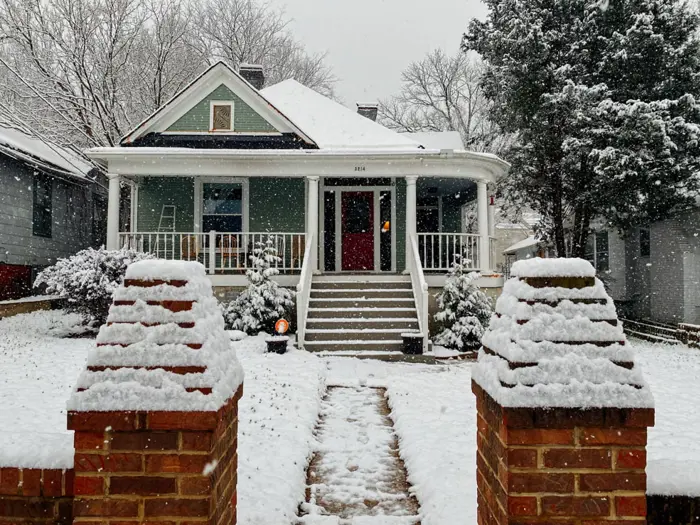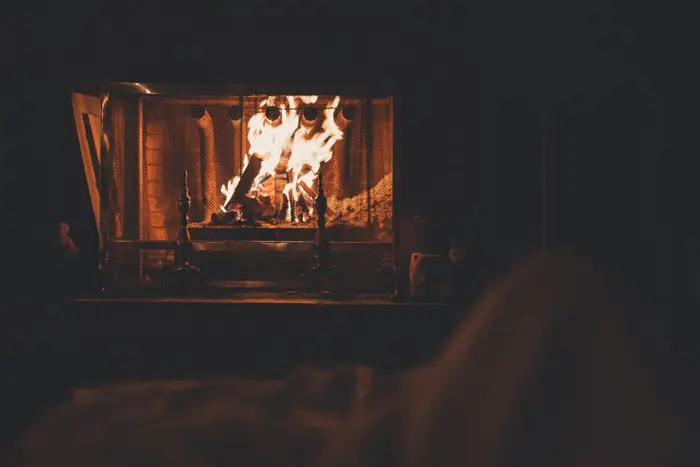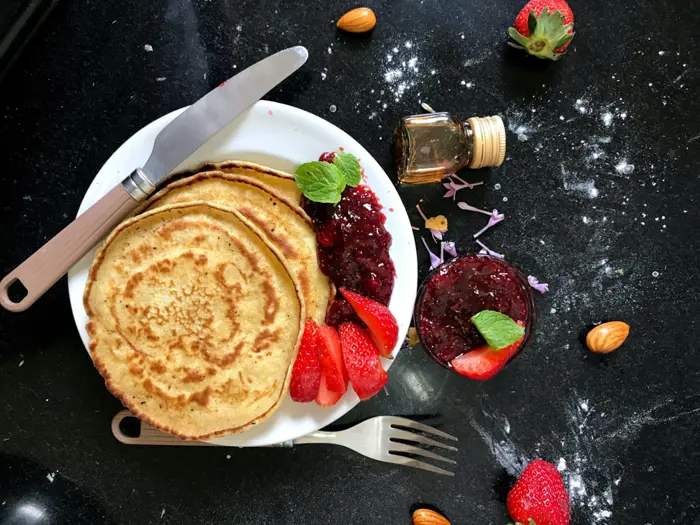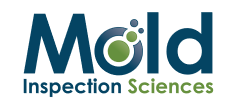Are Holiday Traditions Impacting Your Allergies?
Tips to Protect Your Home and Health This Season

As we enter the holiday season, characterized by festive joy and social gatherings, it is important to remain vigilant about potential indoor air quality issues. The prevalence of various pollutants in our homes can increase during this period, often going unnoticed.
This guide serves as a resource for identifying and addressing the numerous factors affecting air quality in your home - from holiday decorations and Christmas tree selections to airborne contaminants, combustion gases, dust, mold, and more. We will highlight potential air quality challenges in your home and offer strategies to prepare your residence for gatherings.
Winter Allergens
Dust mites, pet dander, and mold are common allergens that can be particularly troublesome during the holiday season. They pose significant challenges, especially for visitors who are not accustomed to such allergens prevalent in your home environment. Allergens from cats, dogs, and other pets can induce allergic reactions, including coughing, sneezing, itchy and watery eyes, skin rashes, breathing difficulties, and more. Pet dander tends to adhere to clothing, furniture, and carpets for extended periods, potentially causing symptoms to persist.
Dust mites, residing on furniture, carpets, curtains, and bedding, typically do not provoke allergies while alive. However, their feces and decomposed bodies can elicit reactions similar to those associated with pet dander allergies.
Mold spores can also contribute to allergies, potentially lurking in holiday decorations or Christmas trees. Additionally, reduced ventilation during winter can lead to moisture accumulation, creating an optimal environment for mold growth.
To mitigate these issues, thorough cleaning of your home before guest arrivals is advisable. Using a HEPA filter vacuum is recommended, along with cleaning mattresses, pillows, bedding, and vacuuming upholstered furniture. If you own an air purifier, ensure the filter is replaced. In cases of visible mold growth or a musty odor, seeking a professional assessment from a company like Mold Inspection Sciences is prudent. Such an assessment can determine the extent of moisture intrusion and the severity of potential mold problems.

Viruses
Seasonal illnesses, unfortunately, are prone to spreading during holiday gatherings. Common infections such as influenza (flu), the common cold, and COVID-19 are particularly prevalent. The best prevention is for friends and family to avoid social events if they are unwell as well as adhering to handwashing and other preventative measures. In terms of home preparation, ensuring adequate ventilation is crucial. In the absence of the ability to open windows, the investment in HEPA air purifiers is recommended to maintain good air quality.

Fireplaces
The warm ambiance of a wood-burning fireplace is quintessential to the holiday spirit. However, this tradition can adversely affect indoor air quality. Smoke emitted from wood-burning fireplaces introduces fine particulate matter and harmful gases such as carbon monoxide, carbon dioxide, and methane. A study by the American Lung Association highlights health risks associated with wood burning, including coughing, wheezing, asthma attacks, heart attacks, lung cancer, and more. Regular maintenance of fireplaces and chimneys is essential for their optimal function. Burning wet or treated wood, which releases more pollutants, should be avoided. If using a fireplace, it should be done sparingly, and an air purifier should be used concurrently. Alternatively, cleaner options such as electric fireplaces or simulated fireplace videos may be considered, particularly if a wood-burning fireplace or stove is not essential for heating.

Wondering how weather, climate, and location impact mold growth?
Cooking
The holiday season is synonymous with sumptuous meals and elaborate culinary endeavors. However, increased cooking can lead to the release of harmful particles, gases, and odors. Smoke from frying, emissions from gas stoves, and fumes from cleaning agents all contribute to poor indoor air quality.
It is important to ensure proper ventilation during cooking, utilizing exhaust fans or opening windows to facilitate air circulation. When grilling, the use of petroleum-based lighter fluids and self-lighting charcoal should be avoided. Regular kitchen cleaning is important to minimize grease and food residue buildup. Regarding cleaning agents, the use of natural products or homemade solutions containing vinegar, baking soda, and essential oils is recommended to reduce the emission of harmful chemicals.

Holiday Décor
While aesthetically pleasing, Christmas and other holiday decorations can introduce allergens and irritants into the home. Ornaments, artificial trees, wreaths, and other holiday items stored throughout the year can accumulate dust, mold, and pollutants. When displayed, these items may release these substances, potentially exacerbating allergies or respiratory conditions.
The use of scented candles, often made from paraffin wax, along with synthetic fragrances and dyes, should be noted. Paraffin, a petroleum byproduct, emits volatile organic compounds (VOCs) and particulates, even when unlit.
Additionally, tightly bound fresh Christmas trees may retain moisture, fostering mold growth. When indoors, these mold spores can proliferate, leading to "Christmas tree syndrome." A recent study indicated that Christmas trees can harbor over 50 types of mold, with spore concentrations potentially increasing by over 600% within 14 days.
To mitigate these issues, it is advisable to clean decorations thoroughly to remove accumulated dust or dirt. For holiday scents, alternatives such as simmering spices like cinnamon sticks, cloves, and citrus fruits, or using natural essential oils, are recommended. For those choosing fresh trees, it is wait until later in the season and position them in cooler areas of the home to inhibit mold growth. As previously mentioned, an air purifier can help alleviate some allergy-related impacts.

Car Pollution and Foot Traffic
The holiday season typically sees an increase in home visitors. More people equate to more potential sources of indoor air pollutants. Encouraging guests to remove their shoes before entering can reduce the influx of outdoor contaminants. Regular vacuuming and cleaning, especially at entry points, are also essential.
Car pollution can also affect indoor air quality, particularly in urban areas where traffic and congestion may increase during the holiday period. Idling vehicles while packing or bidding farewell can generate additional pollutants that may infiltrate homes. In high-traffic areas, air purifiers with activated carbon and/or HEPA filters can help mitigate indoor pollutants.

Maintaining good indoor air quality during the holiday season is vital for the health and comfort of our loved ones and guests. By recognizing these challenges and implementing the suggested tips, a clean and healthy home environment can be established. Professional assistance should be sought as necessary.
At Mold Inspection Sciences, our testing capabilities go beyond that of mold. If you’re struggling with allergies, our Allergen Testing services will help provide you with a clear understanding of what levels of allergens are present by utilizing the MARIA (Multiplex Array for Indoor Allergens), also known as the Allergen Screen. Once we have a clear idea of what’s happening at your property, we can help provide recommendations for next steps of how to reduce the levels of the allergens present. We also offer Environmental Monitoring Programs that leverage our extensive knowledge of environmental contamination and the conditions conducive to the presence of SARS viruses (including SARS-CoV-2, which causes COVID-19) as well as building construction, air flows, building materials, air communication, and HVAC systems. If your structure has undergone extensive cleaning and disinfecting treatments, our services also offer a post-cleaning and disinfecting risk assessment to help ensure your property has indeed been returned to its healthy state.

